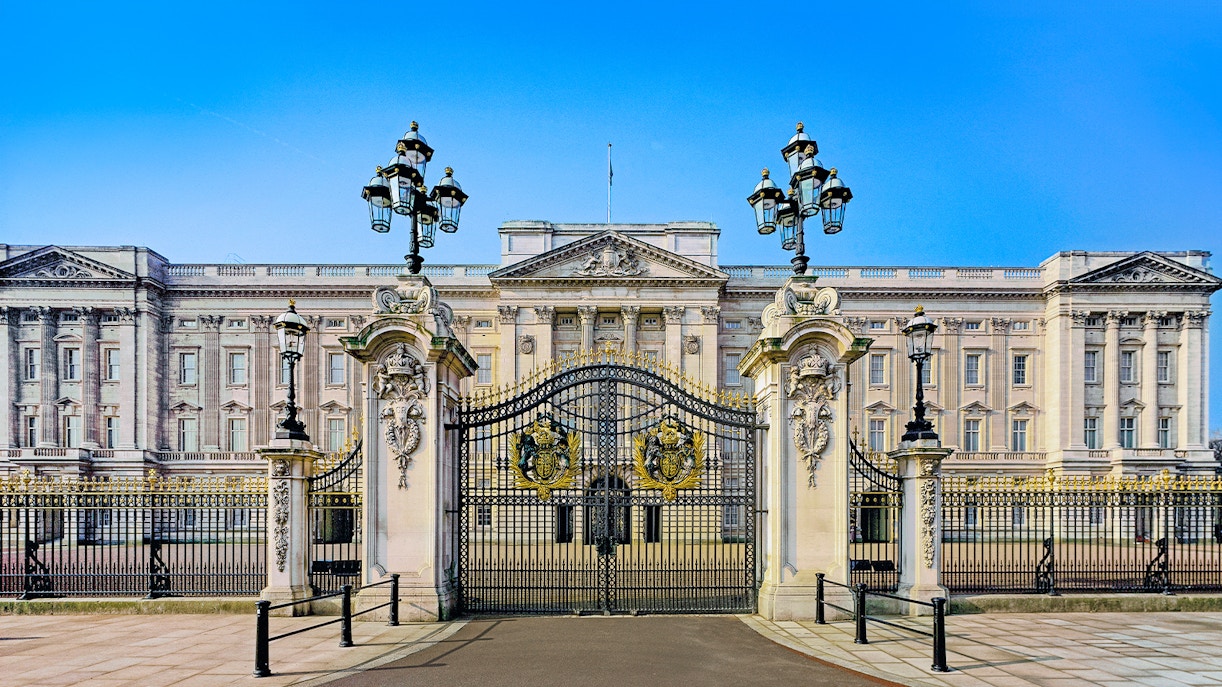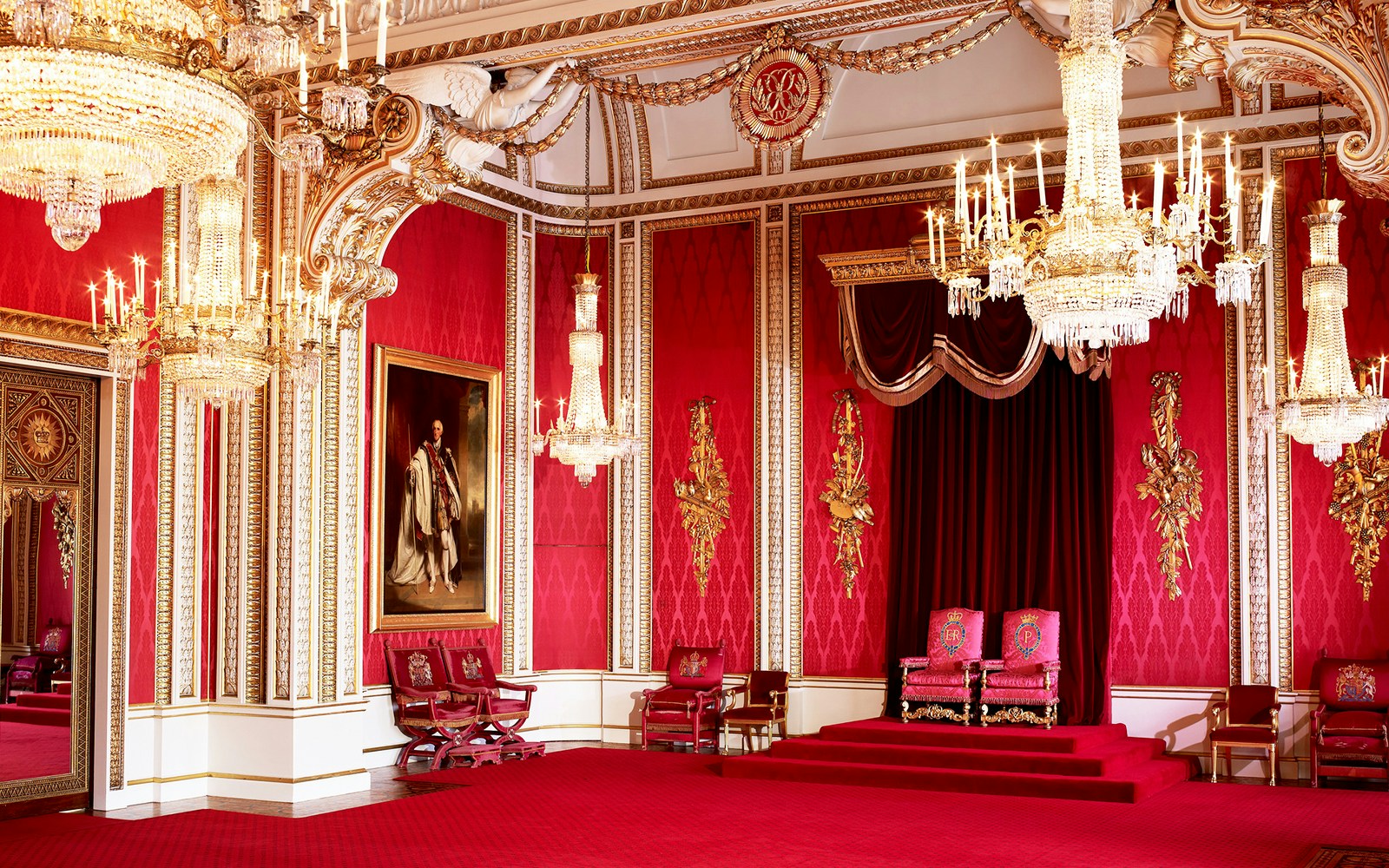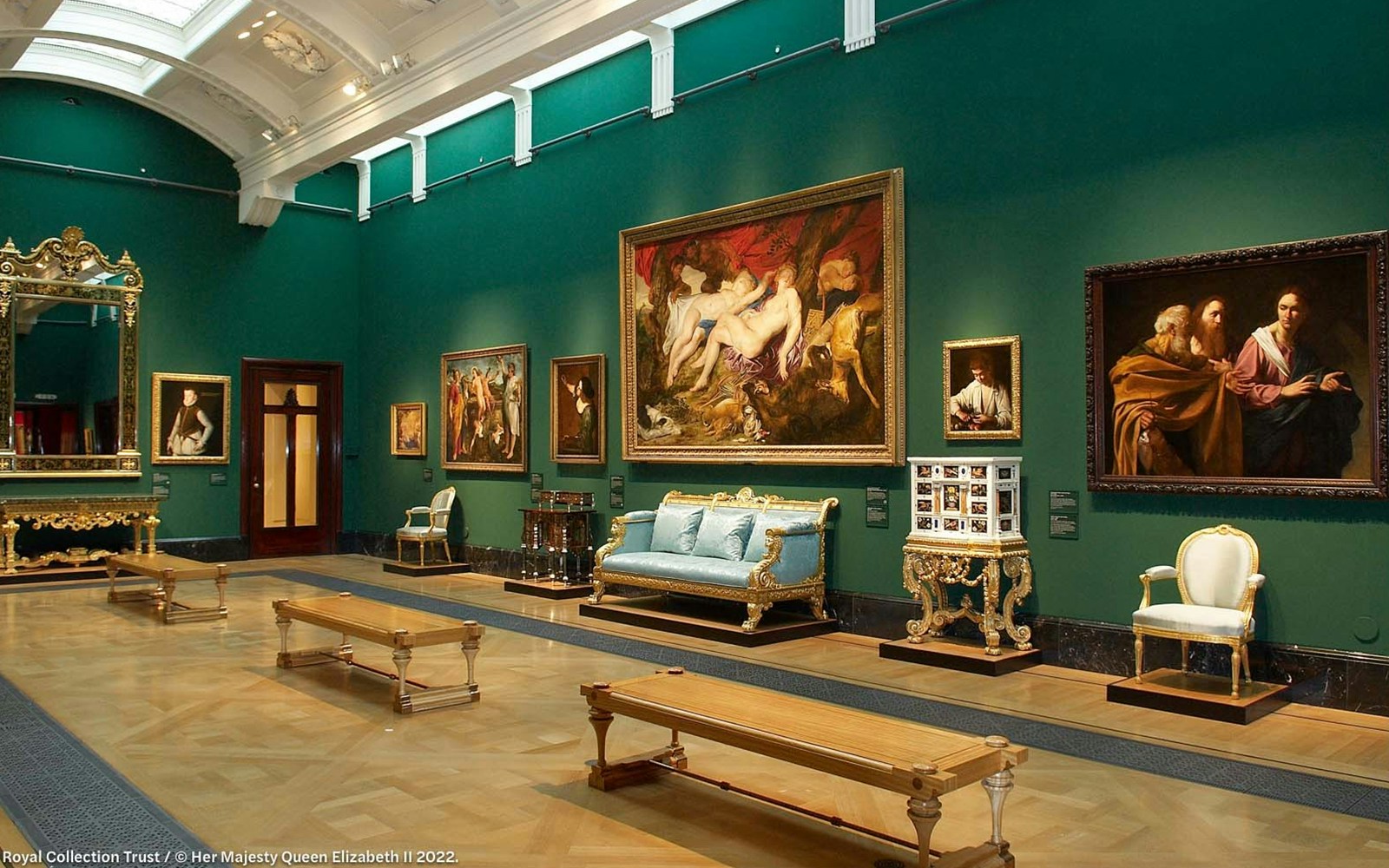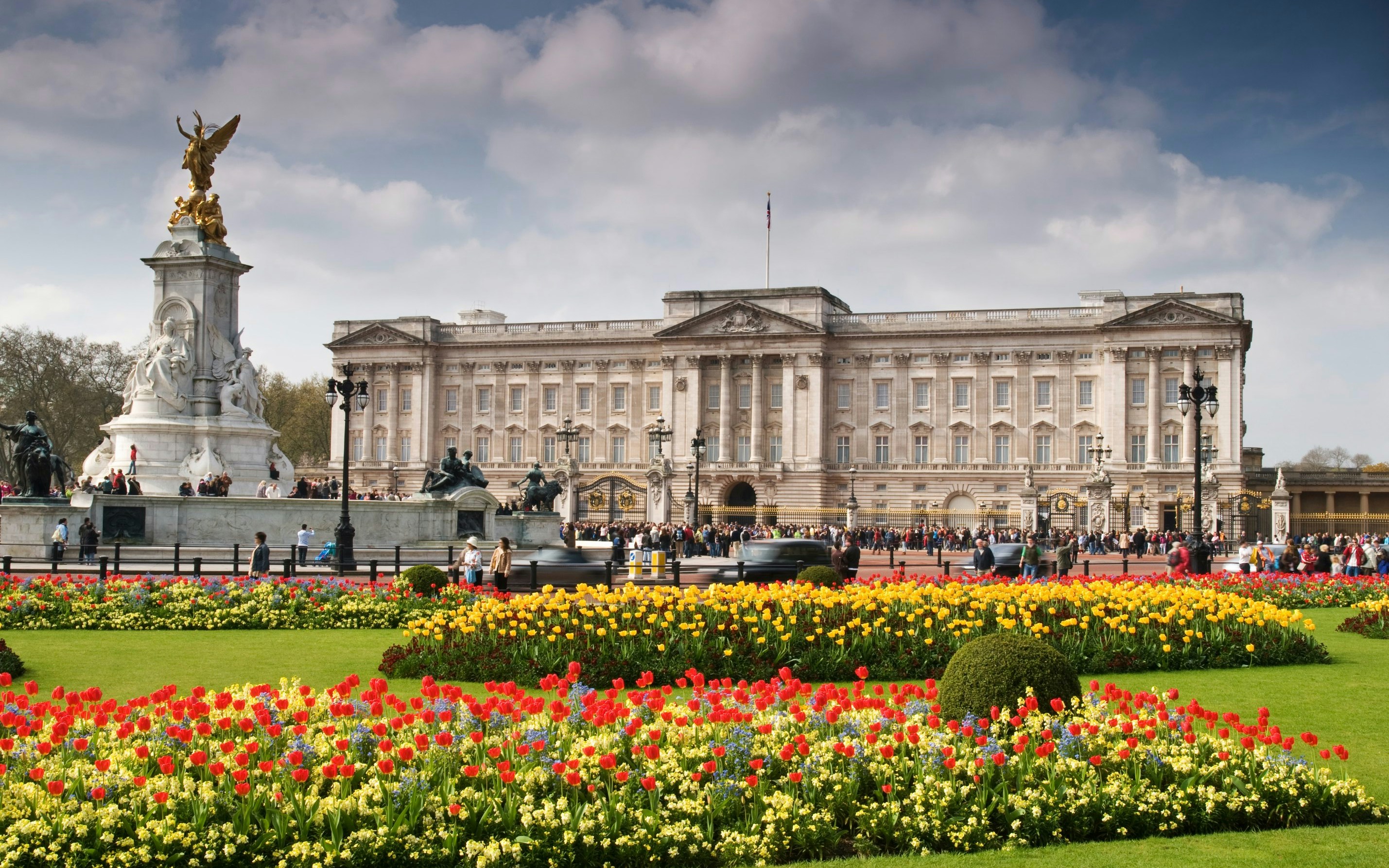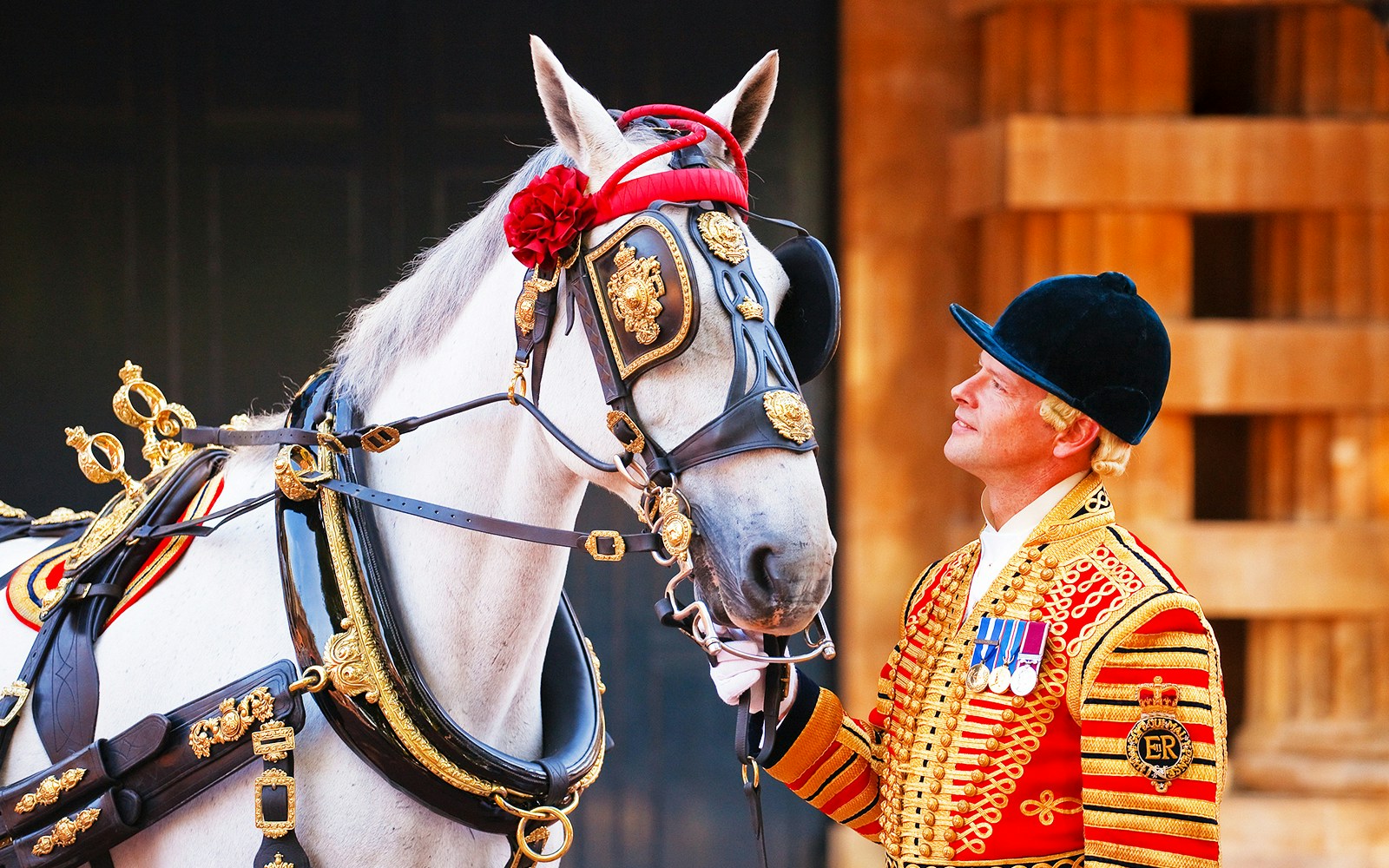Buckingham Palace is the focal point for many of the UK's most significant state occasions. The Changing the Guard is a popular public spectacle. The palace also hosts State Banquets for visiting Heads of State and Investitures to honor individuals for their contributions. The monarch's official birthday, Trooping the Colour, involves a parade to and from the palace.
What goes on at Buckingham Palace?
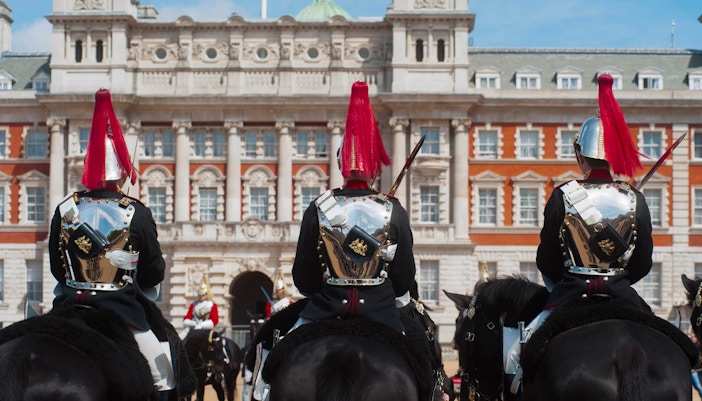
Royal events and ceremonies
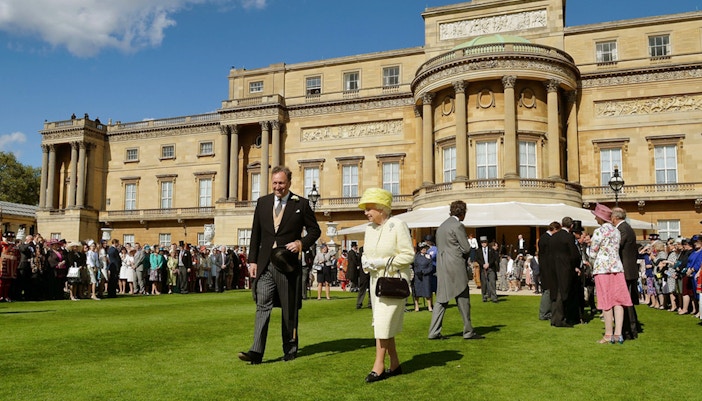
Administrative hub
The Palace serves as the day-to-day working headquarters of the monarchy. The offices of those who support the activities and duties of The King and The Queen, such as the Private Secretary’s Office and the Privy Purse and Treasurer’s Office, are located there. More than 50,000 guests visit the Palace each year for various receptions and Garden Parties.
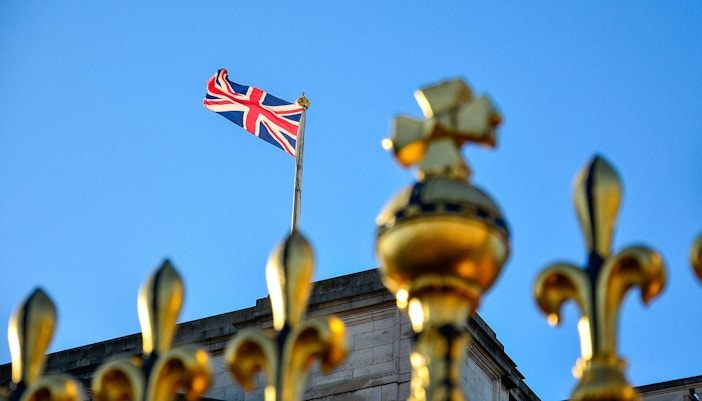
The Royal Family at Buckingham Palace
While Buckingham Palace is seen as the administrative hub of the Monarchy, it is also very much a family home. Queen Elizabeth II gave birth to King Charles III and Prince Andrew at the Palace, and to this day, notice of royal births and deaths is still attached to the front railings for members of the public to read. The christenings of The King, The Princess Royal, The Duke of York, and The Prince of Wales took place in the Music Room, and many Royal Weddings have been celebrated at Buckingham Palace, most recently The Prince and Princess of Wales’s.
